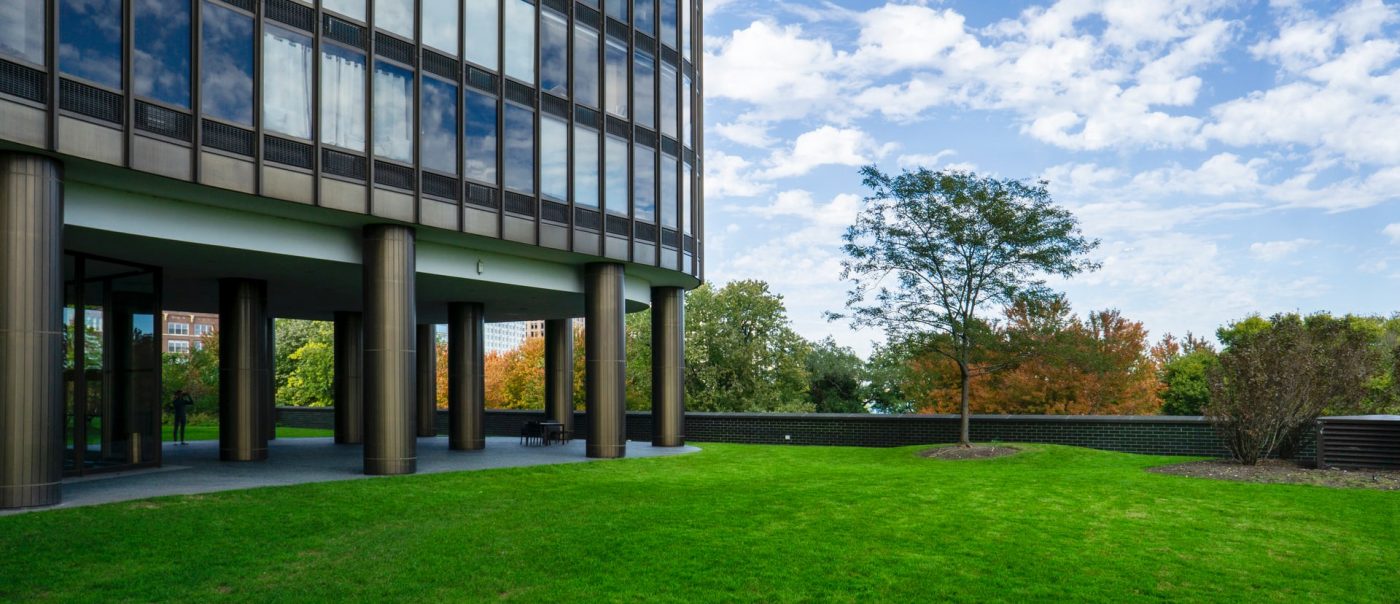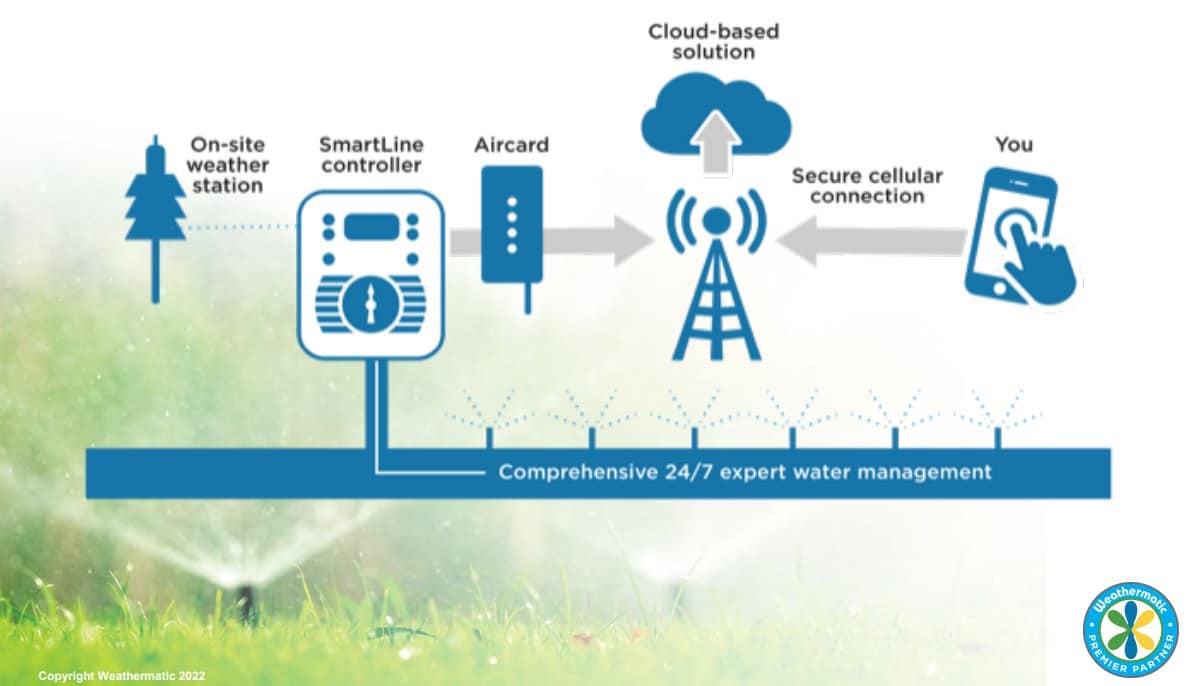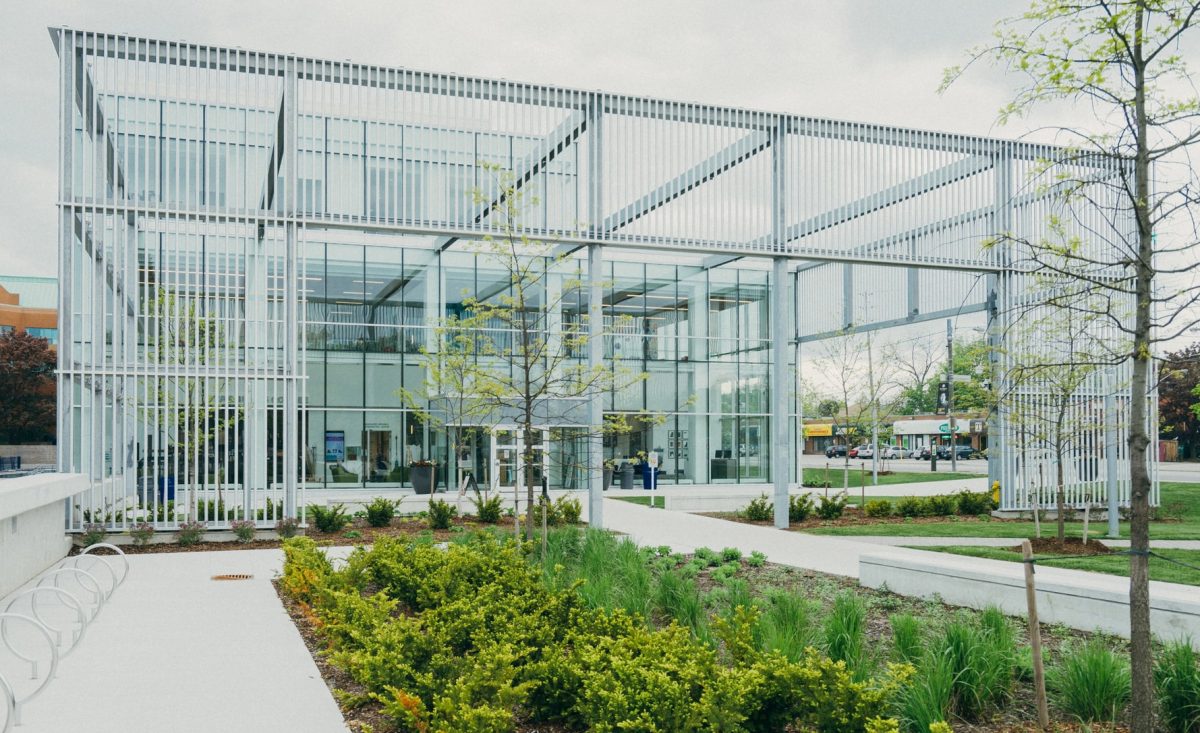Contact us today to experience the difference that Oasis Landscapes & Irrigation brings to all of your commercial landscaping maintenance needs. Whether you’re looking for initial landscape installation, landscape renovations, or ongoing commercial maintenance, we have the skills and expertise to make your commercial properties look their very best.



